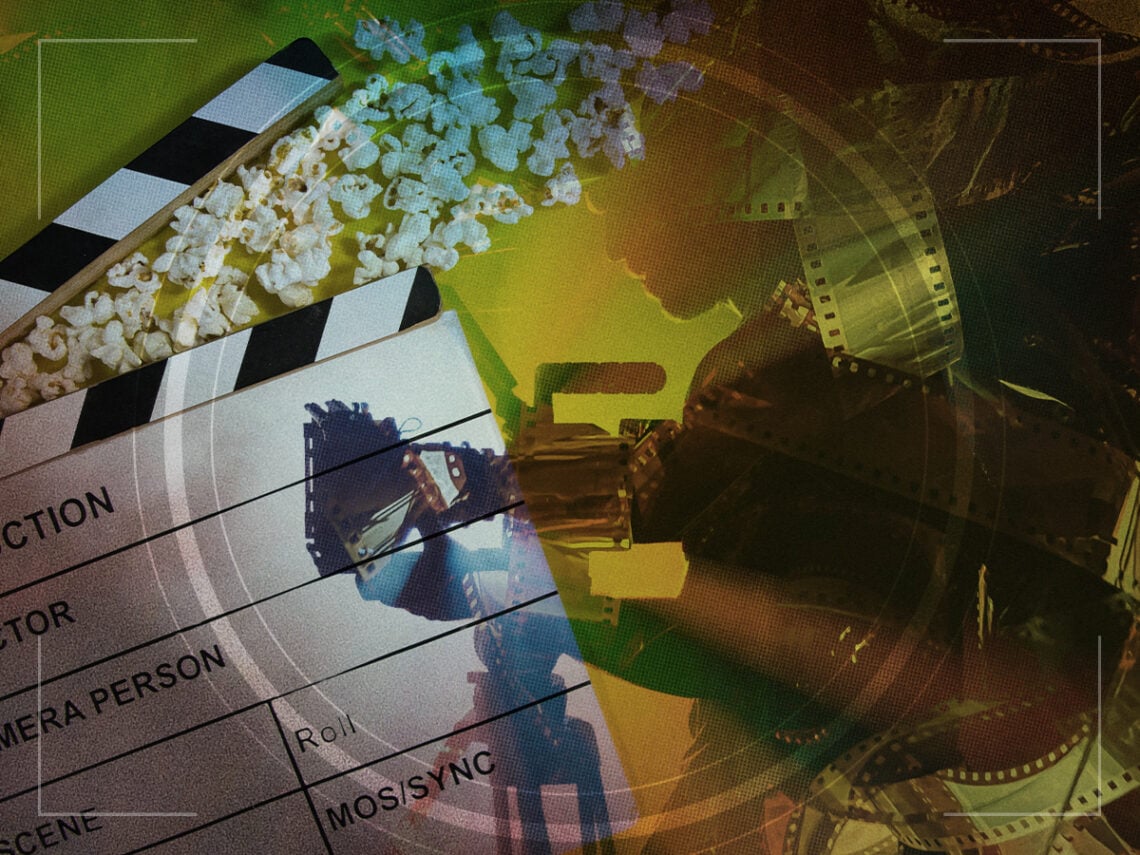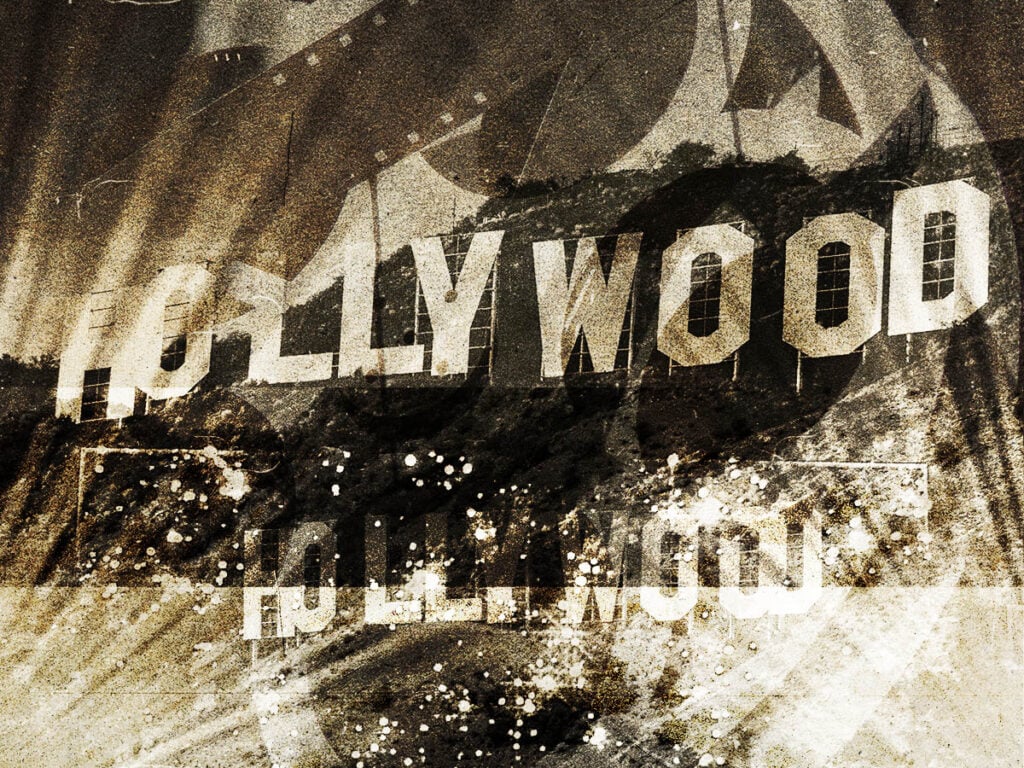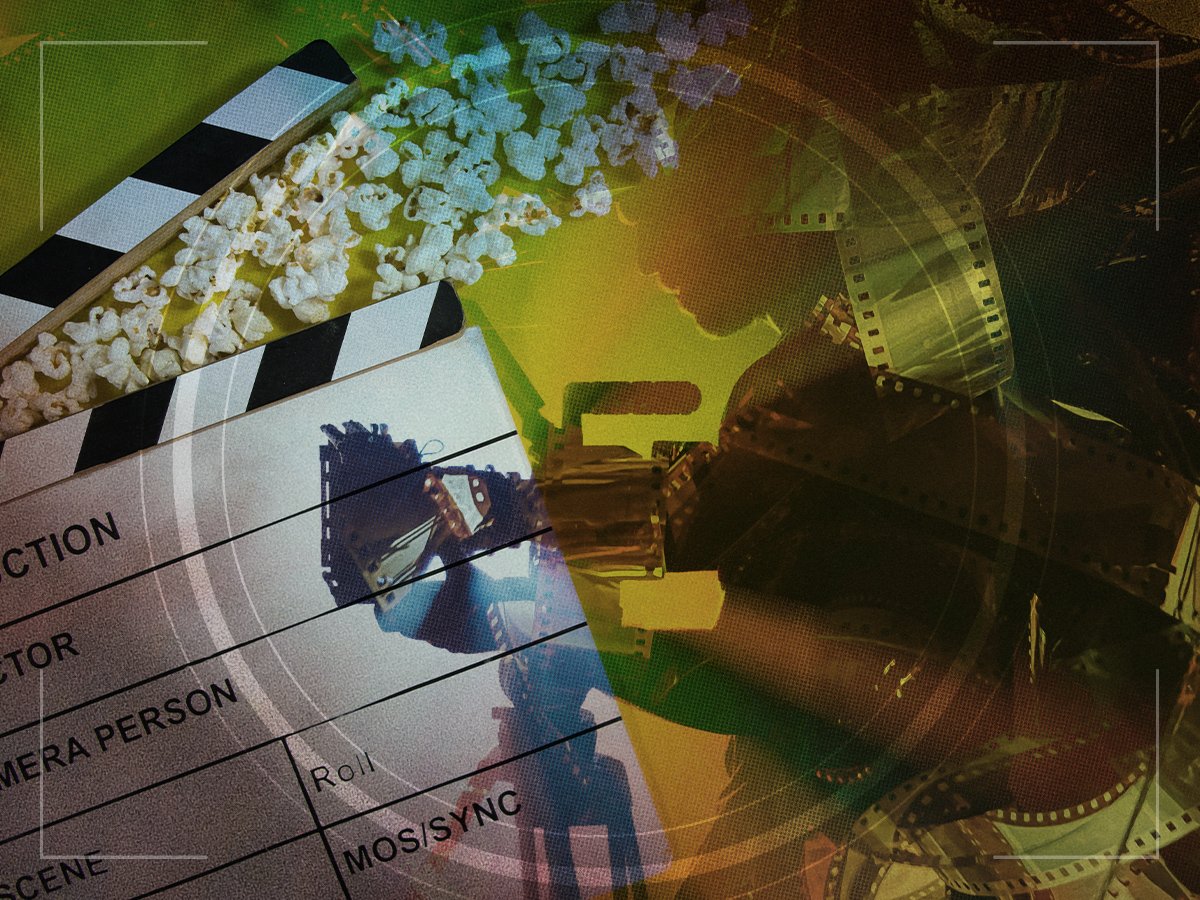
(Credits: Far Out)
Sat 2 August 2025 22:15, UK
When the pandemic hit in 2020, and people the world over were confined to their homes for months at a time, many of us chose to use that time wisely: by watching movies.
I, like a lot of people, took it as an opportunity to fill in the gaps in my cinephile credentials, meaning I wound up watching a ton of films I’d never seen before from the 1950s, ’60s, and ’70s. I saw lots of great films in that period, and even if I didn’t care too much for some of them, I still felt gratified that I could check them off my quote-unquote “classics” watchlist.
To tell you the truth, if there hadn’t been a global plague hanging over our heads that threatened to alter life as we knew it forever, I’d have said those few months spent binge-watching old movies were an unmitigated delight.
The more films I watched from these periods, though, the more I began to notice a common theme: almost all of them had extended credits sequences at the beginning. Some of them would be animated and very elaborate; some would simply follow the main character as they accomplished a task of some sort; and some would be more of an esoteric visualisation of the core themes of the film. All of them, though, would last a few minutes and run through the primary cast and crew’s names.
Overall, I mostly enjoyed returning to a time where movies could leisurely establish their credentials and hint at the tone of the film to come, before they launched headlong into the plot. Sometimes they were a bit dull and forgettable, but mostly they were great ways to get yourself in the correct headspace for the upcoming film. In a way, they functioned like the opening titles of a TV show, and I never skip those. In fact, if you are someone who skips credits sequences when watching shows, you’re a monster.
So, why have opening credits become a thing of the past?
Naturally, seeing all these unique, intriguing opening sequences in movies made me think about why we barely ever see them in modern cinema. These days, movies tend to show some production company/studio logos, and then immediately go into the story, before ending with five to ten minutes of credits that show you the name of everyone who worked on the film, including all the below-the-line crew members.
In reality, though, digging into why credits were moved from the beginning to the end of films reveals several factors at play. For starters, audiences’ tastes have changed hugely, especially in the internet age. In the 1990s, Steven Spielberg conducted research into the likes and dislikes of moviegoers and found that the majority believed opening credits sequences were boring, and they’d rather get into the meat of the film without as much preamble. This likely saddened him, but hey, who was he to argue with the people actually paying to see the movies?
 (Credits: Far Out / Philippe Collard)
(Credits: Far Out / Philippe Collard)
Then, as the ’90s gave way to the 2000s, and the ’00s to the 2010s, opening sequences became a thing of the past. The vast majority of movies dispensed with them entirely, and if a film did include one – such as Spielberg’s own Catch Me If You Can or Zack Snyder’s Watchmen – they were exceptions to the norm created for a very specific effect, and usually attached to films set in the past.
In addition, as the internet became increasingly involved in our lives, the average attention span of moviegoers began to dwindle. These days, most people who see films can barely sit through a long take, let alone an extended credits sequence, without getting fidgety. There’s also the unfortunate reality that, outside of hardcore cinephiles, most filmgoers don’t care about knowing who made the movie. Most of them couldn’t even name the director, and they’re certainly not going to sit through 10 minutes of credits at the end to honour the crew.
Fascinatingly, though, there is another reason that credits sequences were pushed to the end of films, and it’s got nothing to do with artistic intent or attention spans. Before the mid-1970s, most crew members who worked on movies weren’t credited at all in the final picture. It was only when their labour unions negotiated with the big studios to finally get their due in the same fashion as the more ‘important’ people – director, writer, cast, producers, etc – that it became common to credit everyone.
With so many new names to include, it quickly became apparent that opening credits sequences would have to become even longer to accommodate them. It was largely decided at that point that audiences, even back then, would get antsy sitting through openings that lasted five to ten minutes, so the decision was made to move the bulk of the credits to the end of movies. Opening sequences still existed for a while, but became shorter and shorter, which lessened their creative value to filmmakers, and eventually they died out completely.
Related Topics

